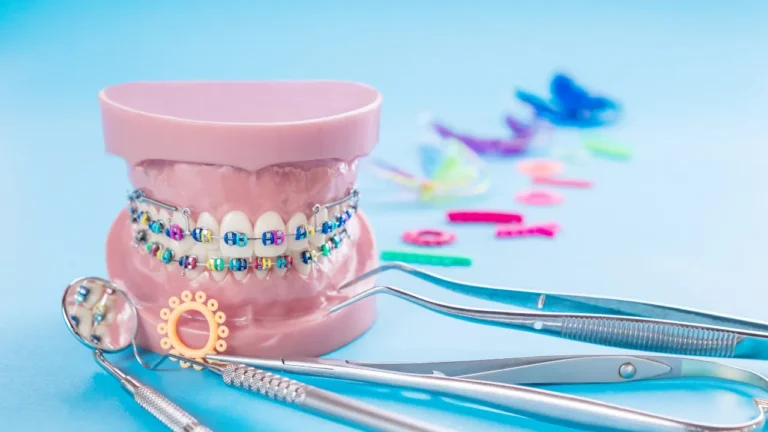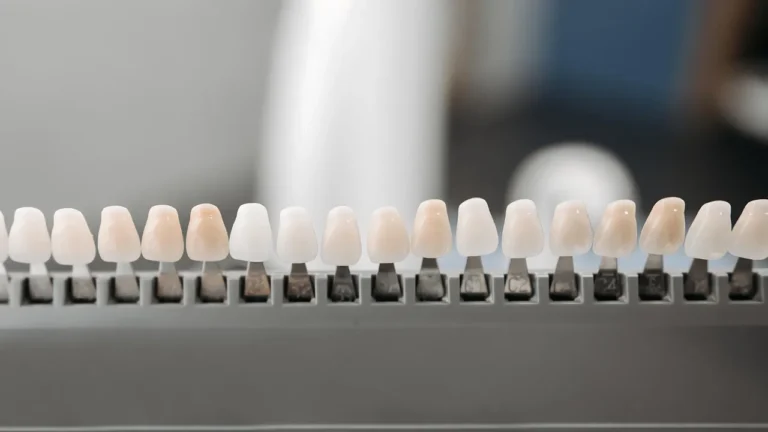Missing teeth can be a source of both cosmetic concern and functional problems.
Fortunately, dental bridges offer a reliable and effective solution.
This guide explores everything you need to know about dental bridges, from their types and benefits to proper care and maintenance.
What Are Dental Bridges?
Dental bridges, as the name suggests, bridge the gap created by one or more missing teeth.
They consist of artificial teeth (pontics) held in place by crowns cemented onto the surrounding natural teeth (abutment teeth) or dental implants.
This restores not only the aesthetics of your smile but also the functionality of your bite, allowing you to eat, speak, and smile with confidence.
Types of Dental Bridges
There are several types of dental bridges, each with its own advantages and applications:
- Traditional Bridges: The most common type, traditional bridges utilize crowns on both sides of the gap to anchor one or more pontics.
- Cantilever Bridges: Similar to traditional bridges, but use a crown on only one adjacent tooth. Less common due to the potential strain on the supporting tooth.
- Maryland Bonded Bridges (Resin-Bonded Bridges): A conservative option using a metal or porcelain framework bonded to the backside of the adjacent teeth, requiring minimal modification.
- Implant-Supported Bridges: Offer superior stability and are ideal for replacing multiple missing teeth in a row. They are anchored by dental implants surgically placed in the jawbone.
Benefits of Dental Bridges
Dental bridges offer a multitude of benefits, including:
- Restored Smile and Aesthetics: Bridges fill the gaps left by missing teeth, enhancing the appearance of your smile and promoting overall facial symmetry.
- Improved Chewing and Speaking: Missing teeth can significantly impact your ability to chew and speak clearly. Bridges restore proper function, allowing you to enjoy a wider variety of foods and communicate effectively.
- Prevention of Teeth Shifting: When a tooth is missing, surrounding teeth tend to drift into the empty space, causing misalignment. Bridges help maintain the position of your remaining teeth, preventing orthodontic issues.
- Durability and Longevity: With proper care, dental bridges can last for many years. They are designed to withstand the forces of chewing and daily wear and tear.
Maintaining Your Dental Bridge
To ensure the longevity and optimal functioning of your dental bridge, proper maintenance is crucial:
- Regular Dental Check-Ups: Schedule regular dental checkups and professional cleanings to ensure the bridge remains in good condition and any potential problems are identified early.
- Flossing and Brushing: Maintain excellent oral hygiene by brushing twice daily and flossing once a day. Utilize special flossing tools like floss threaders to clean under the pontics effectively.
- Dietary Considerations: Avoid hard, sticky, or very crunchy foods that can damage the bridge. Opt for a balanced diet rich in fruits, vegetables, and dairy products to promote overall oral health.
- Addressing Issues: If your bridge feels loose or causes discomfort, contact your dentist immediately. Early intervention can prevent complications and extend the lifespan of your bridge.
Expert Opinion
Dr. D. Machikicho, a leading dentist in Pretoria, emphasizes the importance of choosing the right type of bridge and maintaining it properly.
He highlights that “Dental bridges are an excellent option for many patients. Regular dental visits and good oral hygiene are crucial for the success of dental bridges.”
Sources
- South African Dental Association (SADA)
- Government Health Department Resources









